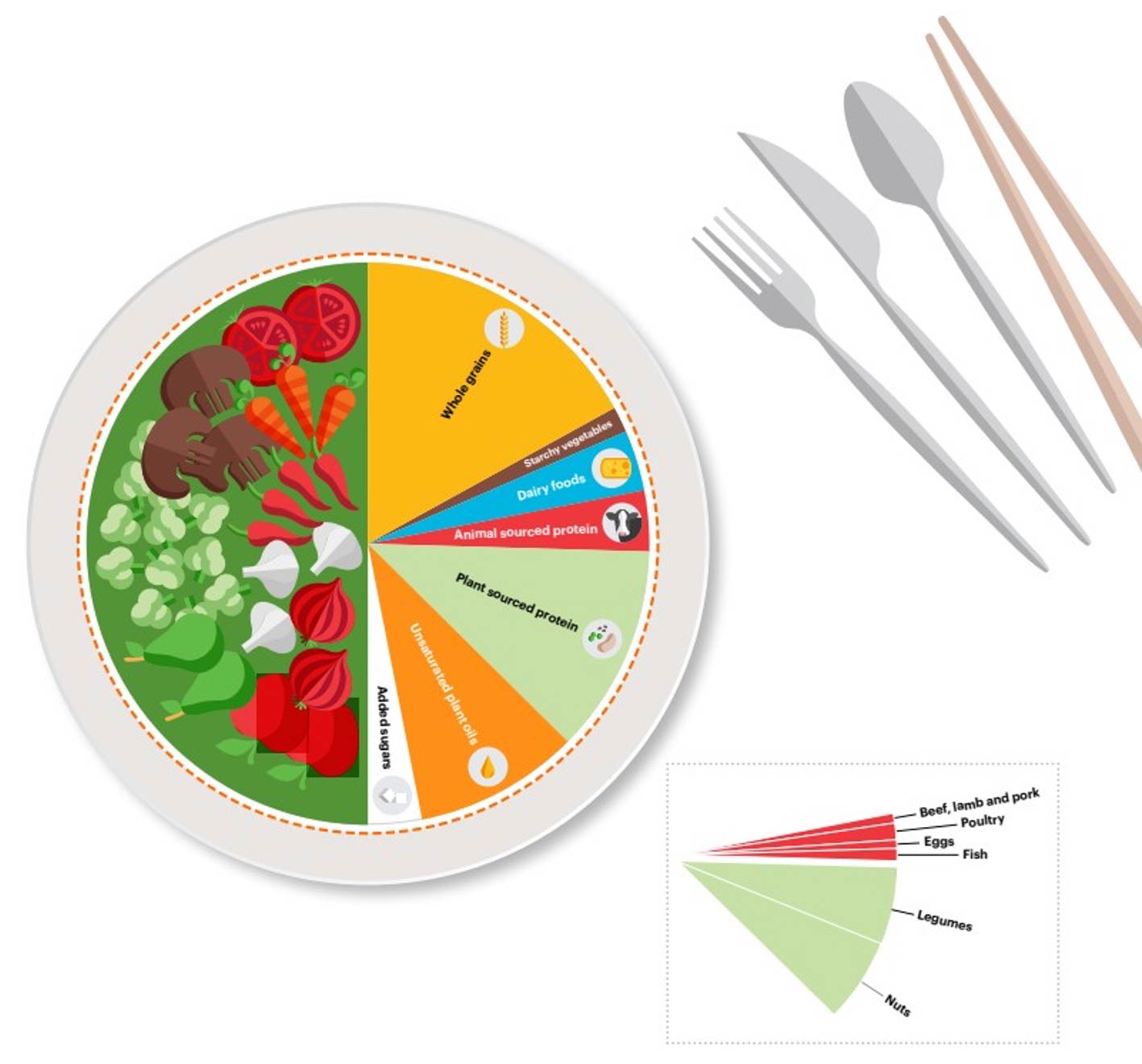Mother Earth Principles by SPICEHUNTER®
Author : Marcel Thiele (Culinary Business Development Manager Koppert Cress B.V.
Food is the single strongest lever to optimize human health and environmental sustainability on Earth.
Mother Earth
It’s time to not reinvent/revolutionize, but rather evolve the way we eat. To eat according to the Mother Earth principle. This principle is born as an ode to nature and our human health, while respecting our responsibility as food producers and food processors. The reason is that we believe food forms an inextricable link between human health and environmental sustainability. The global food system must operate within boundaries for human health and food production to ensure healthy diets from sustainable food systems for nearly 10 billion people by 2050.
Mother Earth Principle Manifest:
- Use always minimum 80 % of plant-based ingredients and maximum 20 % of animal-based ingredients
- Use always minimum 80 % of European products
- Produce everything without refined salt and without refined oil
- Prefer always less sugar and use preferably unrefined sugar
- Reduce diary ingredients to a maximum, except cheese that has matured for more than 24 months
- Boil white vegetables always with curcuma
- Stop consuming carbonated beverages with added sugar
- Always prepare a dish in such a way that not only your guests, but also your loved one, your daughter, your mother and your sick grandmother would accept it
The Mother Earth principle means that any creation is build up with three types of food:
- First, harvested vegetables that grow underneath the earth, such as potato, asparagus and beet root.
- Which is then covered with edible earth. This “earth” could be made from pumpernickel or seeds for example. It is important to keep in mind that we should minimize food waste. Old bread e.g. could be therefore turned into edible soil.
- Finally, on top you add what matches the rest of the ingredients, which could be vegetables, microgreens and flowers.
Dutch Cuisine
The Mother Earth principle follows the Dutch Cuisine guidelines. Dutch cuisine means that a dish should consist of a minimum of 80 percent plants and a maximum of 20 percent meat/fish, with a large reduction in salt and sugar.
Though it’s not just about eating more vegetables. These guidelines are based on creating a balance in what we eat in other ways as well. Such as using 80 percent seasonal products, while the rest is off-season. This makes sense, as our bodies are used to eating seasonal foods since ancient times. Additionally, in order to minimize the distributional impact made when transporting food, we can even choose to buy 80 percent regional, and 20 percent not regional products.
It goes without saying that this principle incorporates sustainably produced ingredients, and is focused on limiting food waste. Balance is the key word. Let’s focus on balancing our impact on the ecosystem that is giving us life: Mother Earth.
Global differences
One of the most interesting characteristics of dishes made according to this principle, is the fact that the Mother Earth recipe in Sweden is completely different to the Spanish version, and the spring version from France is completely different to the autumn version in the same region!
This gives the culinary artist freedom to go multiple ways: to go back to basic, show the culinary heritage of your local cuisine, demonstrate your highest culinary skills or everything at once. The result of the dish following this principle is completely up to your own imagination and creativity, but will positively limit the impact it has on earth.
How to serve
The dishes made according to the Mother Earth principle can be served sweet, or salty, as a starter or as a main-course. As a buffet, or in a glass, bowl, plate or spoon. And the principle is usable on all culinary levels, with the results depending on the level of skills of the chef, and the available products.
Power of nature
What the Mother Earth principle means to say: don’t accept plants as purely decoration, but consider the endless possibilities of the product in gastronomy. Nature has so many more secrets that are waiting to be discovered. In the restaurant, your guests will notice the care that is being put in a dish while taking responsibility by using sustainable products (plants). The guests will be happy because their bodies are happy. Mother Earth is about listening to your body when you eat, because our brains may be babies, our bodies are educated professors that know what is right for us to eat.
Mindset
By incorporating this principle in our cooking, we are educated in passion, emotion, the reason we eat, and the origin of food. We should learn how to create dishes that are right, fill our stomachs, and above all; are delicious. With these things we can really surprise our guests.
Culinary Heritage – Nepali Thali
I was inspired by Nepali Thali, a principle from Nepal, the country that I have traveled already twelve times and in which I founded my private school project. In Nepal you have many regions and climate zones, in which ingredients differ but the way meals are cooked are the same everywhere. This principle is called Nepali Thali. Nepali Thali is characterized by a large metal plate with ingredients based on 7 basic things and flavors:
- Bitter
- Spicy (E.g. horse radish)
- Fruity
- Vegetable with carbs (potato etc.)
- Rice (base, helps bring everything to the body)
- Chlorophyll. Chlorophyll is a pigment responsible for the green color of many plants and algae, as it is essential in photosynthesis, it allows plants to absorb energy from light. In short, all dishes should contain greens.
- Animal and/or egg (This should be the tiniest part of the meal. A minimum of 80 percent of the above, and a maximum of 20 percent meats or egg.)














